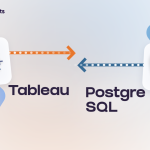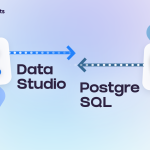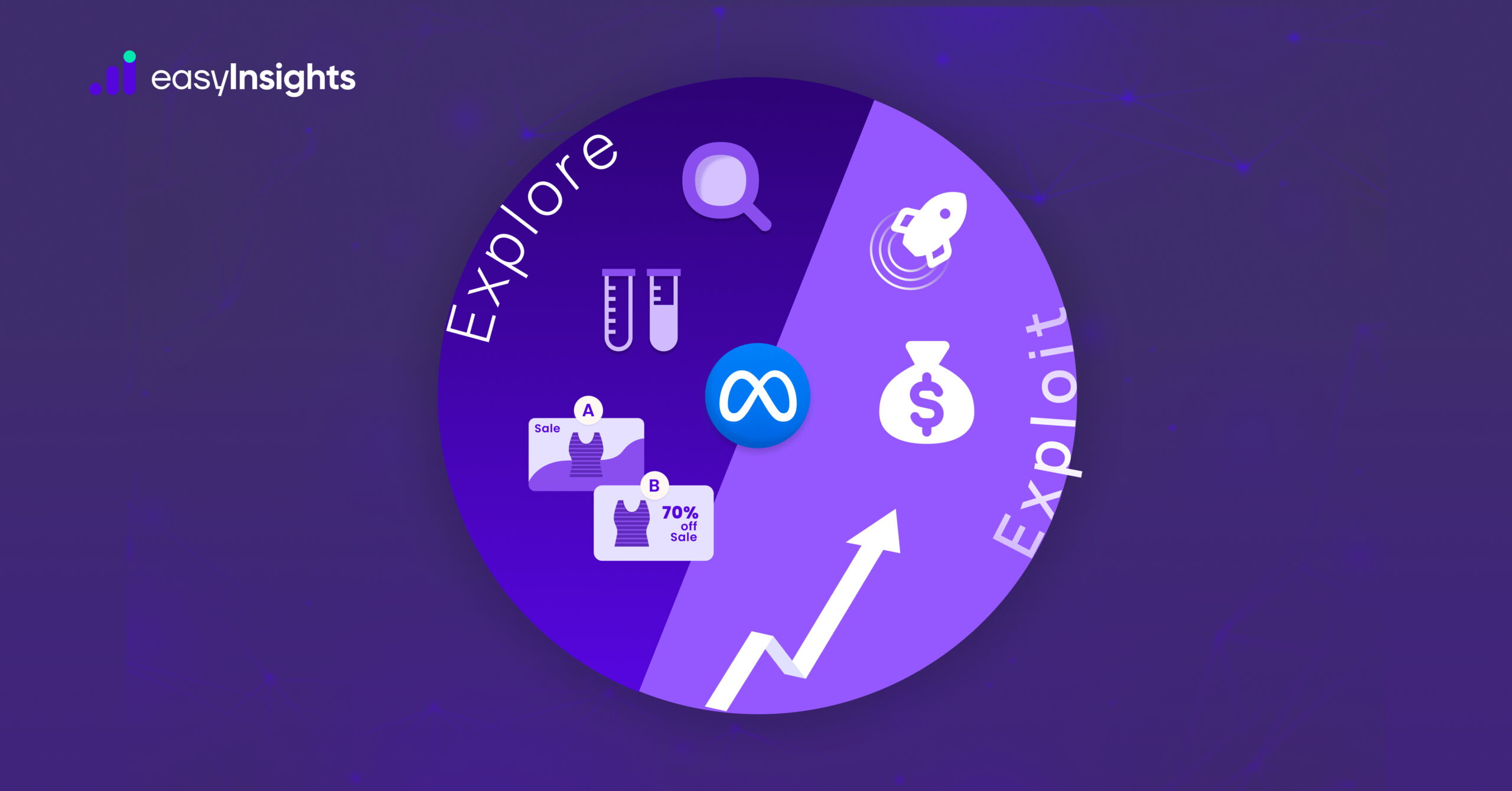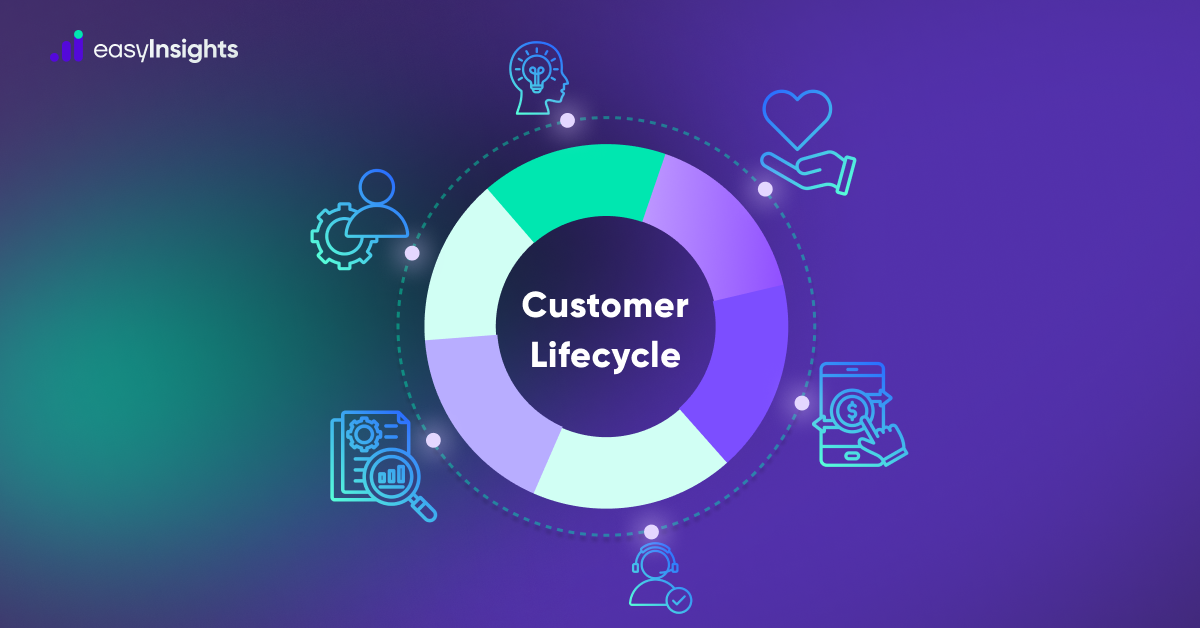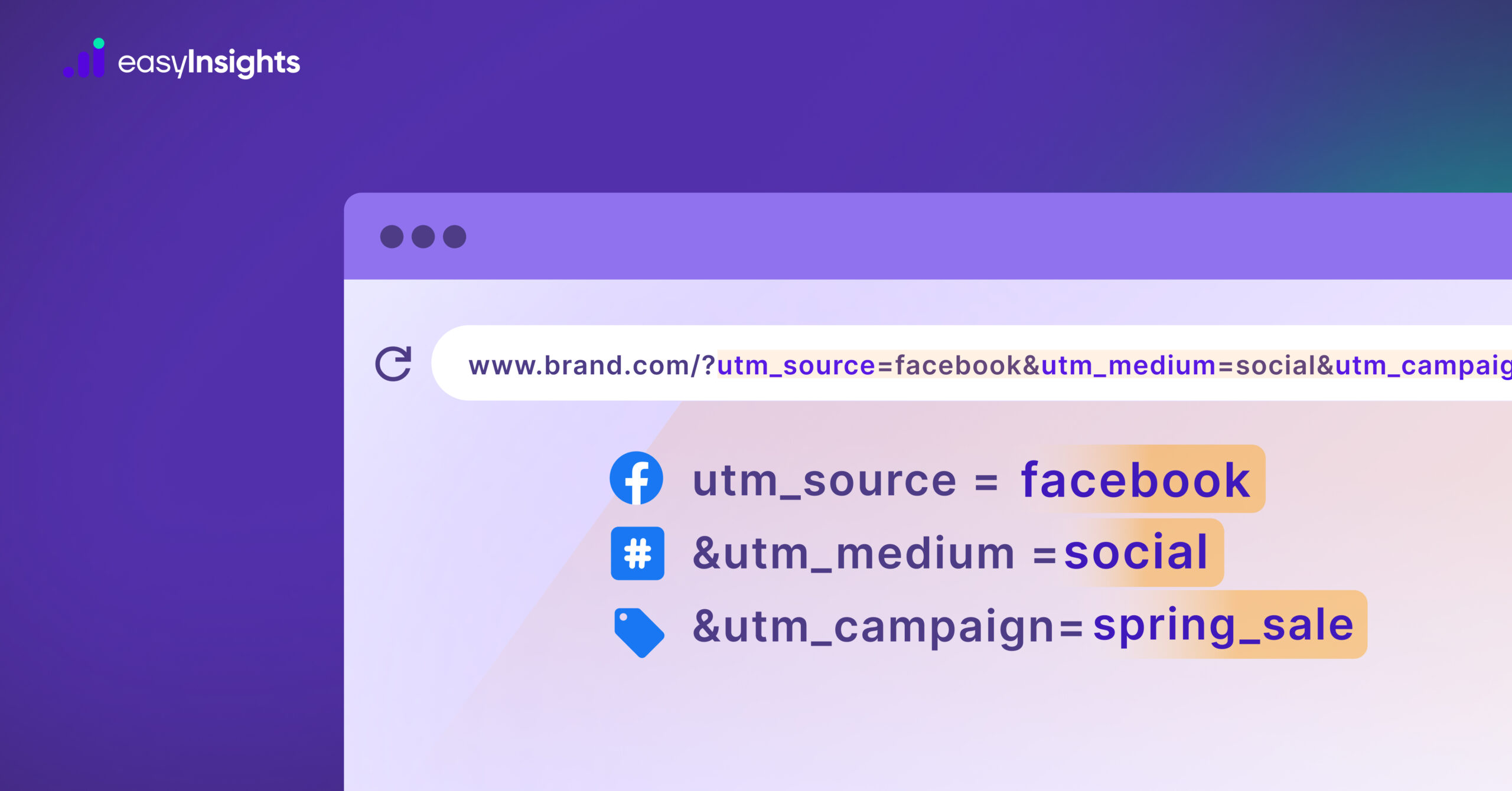
Power BI’s popularity among advanced users grows by the day. It helps analyze different data sources within the same console because it is a user-friendly tool with multiple data sources to connect to. Most BI tools support connections to a variety of databases and APIs. PostgreSQL is a popular database that is well-suited for BI applications. The purpose of this article is to describe the most common methods for connecting PostgreSQL to Power BI in order to perform analytics and generate reports in real-time.
Also read: How to connect Tableau with Postgres, and Google Data Studio with Postgres
Jump ahead to:
What is Power BI?
Microsoft Power BI Desktop is a cutting-edge Business Intelligence tool designed for data analysts. You can connect it to any data source and then transform and visualize the data using Power BI. Power BI accepts data from various databases, webpages, or structured files such as spreadsheets, CSV, XML, and JSON and uses data transformation and visualization features to provide meaningful insights.
What is PostgreSQL?
PostgreSQL is widely regarded as one of the most sophisticated open-source databases. It is strong and well-suited for BI applications. It is scalable and beautifully designed. PostgreSQL is a powerful, open-source object-relational database system that uses and extends the SQL language and includes numerous features for safely storing and scaling the most complex data workloads.
Additional Reading: Leverage Data Warehouses with Composable CDPs
PostgreSQL includes numerous features designed to assist developers in building applications, administrators in protecting data integrity and building fault-tolerant environments, and you in managing your data regardless of how large or small the dataset. This is why it is so popular on the market.
According to the StackOverflow “2021 Developers Survey“, PostgreSQL is the second most-used database technology, trailing only MySQL, and its popularity is growing steadily. Because even though only about 26% of developers were using it in 2017, that number rose to 34% in 2019 and even more than 40% in 2021.
Why connect PostgreSQL with Power BI?
Microsoft’s popular Business Intelligence platform is PowerBI. Connecting your PostgreSQL database to PowerBI allows you to consolidate all of your data and perform holistic analysis. This will allow you to make more informed business decisions. PowerBI will help with data exploration as well as data integration. To gain new insights into your data, you can select from a variety of graphs and charts. It also makes data visualization easier by providing a drag-and-drop interface, and you can also easily create reports.
Ways to Connect Power BI with Postgres
The majority of BI solutions support multiple APIs and databases. Microsoft Power BI is a popular business intelligence tool, and PostgreSQL is a popular database. Here’s how to connect them
- Using Npgsql
Download and install the latest version of Npgsql as Administrator on your computer while enabling GAC Installation. Restart your computer and launch Power BI Desktop. Select ‘PostgreSQL database’ from the ‘Get Data’ menu. Enter the Server and Database names and the User and Password. Select the table you require in the Navigator window and Load it. However, if this does not work, you can try an ODBC connection.
- Using an ODBC Connection
Open Database Connectivity (ODBC) is a standard API for accessing DBMS (Wikipedia). ODBC was created to be independent of databases and operating systems. How do you use ODBC to connect PostgreSQL to Power BI Desktop?
To begin, download and install psqlODBC from the official website.
You must now complete two setups. One is from Power BI, while the other is from PostgreSQL.
Open Power BI Desktop and select ‘Get Data’ after downloading and installing psqlODBC x64. Look for and select ODBC. Select Connect.
When prompted to choose a Data Source, select None. Enter the non-credential properties in the connection string (Driver, Server, Port, and Database).
The connection string looks like this:
Driver={PostgreSQL ANSI(x64)}; Server=localhost; Port=5433; Database= my_database
If you have previously entered your credential information, you may want to clear the permissions. To do so, navigate to Options and settings, then Data source settings, and finally Clear Permissions.
After that, select Database on the credential screen and enter the Username and Password. In the data structure, you can now select the table with which you want to work.
You must also configure the remote connection if your database is in the cloud. You must do this by editing the pga hba.conf and postgresql.conf files.
The pg hba.conf file should be edited as follows:

This is how you should edit the postgresql.conf file:

You must restart PostgreSQL after editing these files. You can also restrict who can access the database using the IP address from your cloud source.
- Using EasyInsights
While Power BI offers a plethora of data input options, connecting Power BI to PostgreSQL is not without its challenges. The simplest way to connect PostgreSQL to Power BI is to click on ‘Get Data’ on the Power BI Home page and select a source.
Unfortunately, It would be a cumbersome and time-consuming task to collect data from different marketing and analytics platforms like Google Ads, Facebook, LinkedIn, Google Analytics, etc. and maintain it in a Postgres database.
It takes more than 40% of the marketers’ time just to log in to the multiple platforms and export, transform and upload it to the BI tools.
You can solve this issue with EasyInsights. It enables faster data movement from databases such as PostgreSQL, SaaS applications, and other data sources into your data warehouse for visualization in a BI tool. EasyInsights is completely automated, so no coding is required. EasyInsights is an effective tool that helps establish a live connection between Microsoft Power BI Desktop and PostgreSQL.
Here’s how you can establish a live connection between Microsoft Power BI and PostgreSQL using EasyInsights.
Follow the steps below to connect Microsoft Power BI and EasyInsights.
Step 1: Launch Power BI Desktop.
Note: New users should click Get Started, then Add data from another source. Repeat users should select Get Data from the top left navigation bar.
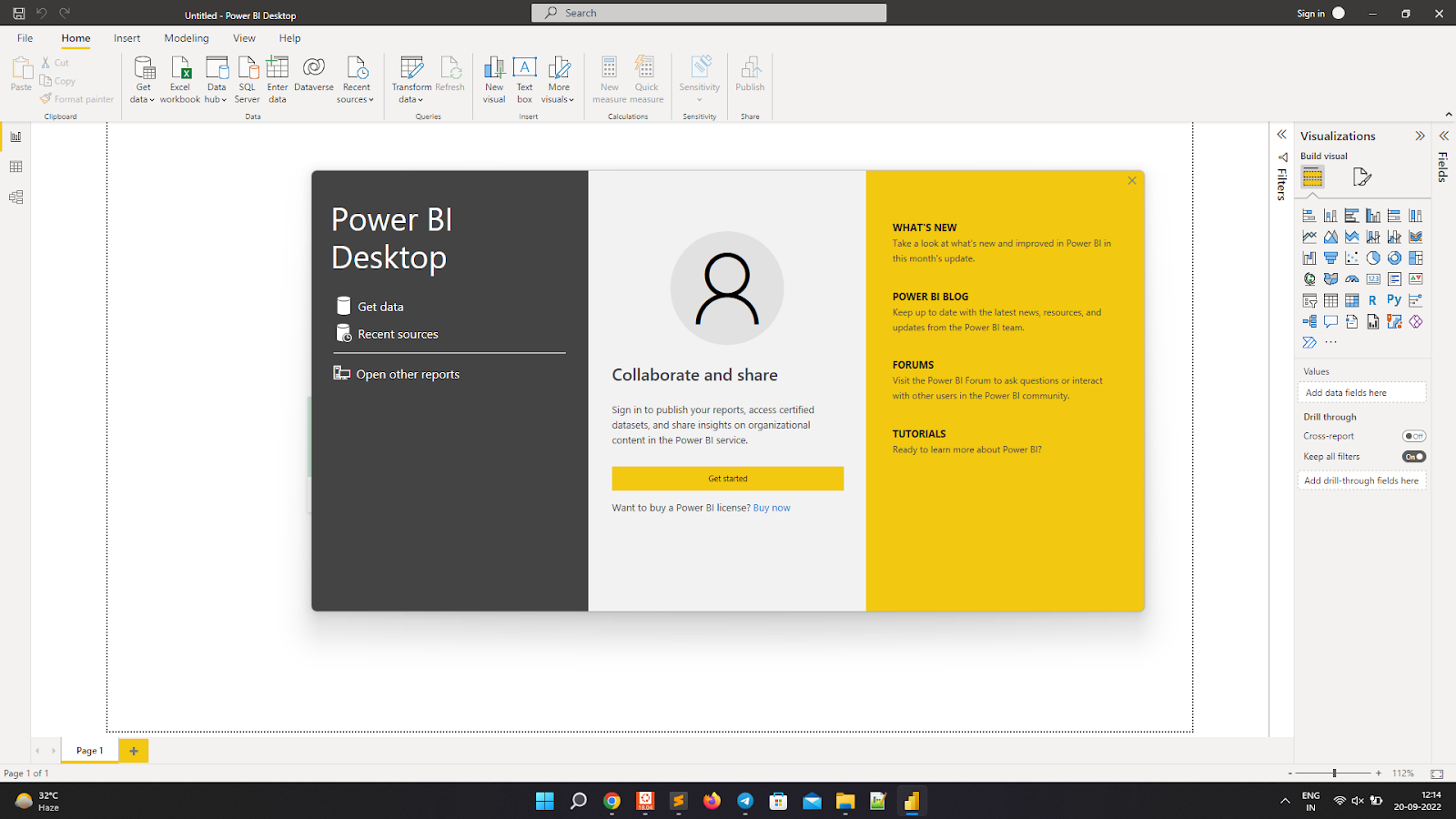
Step 2: In the dialogue box, under the database option, select ‘PostgreSQL database’ and click ‘Connect.’

Step 3: In the following dialogue box, enter the server IP address and database name. This information can be found on the data destination page.
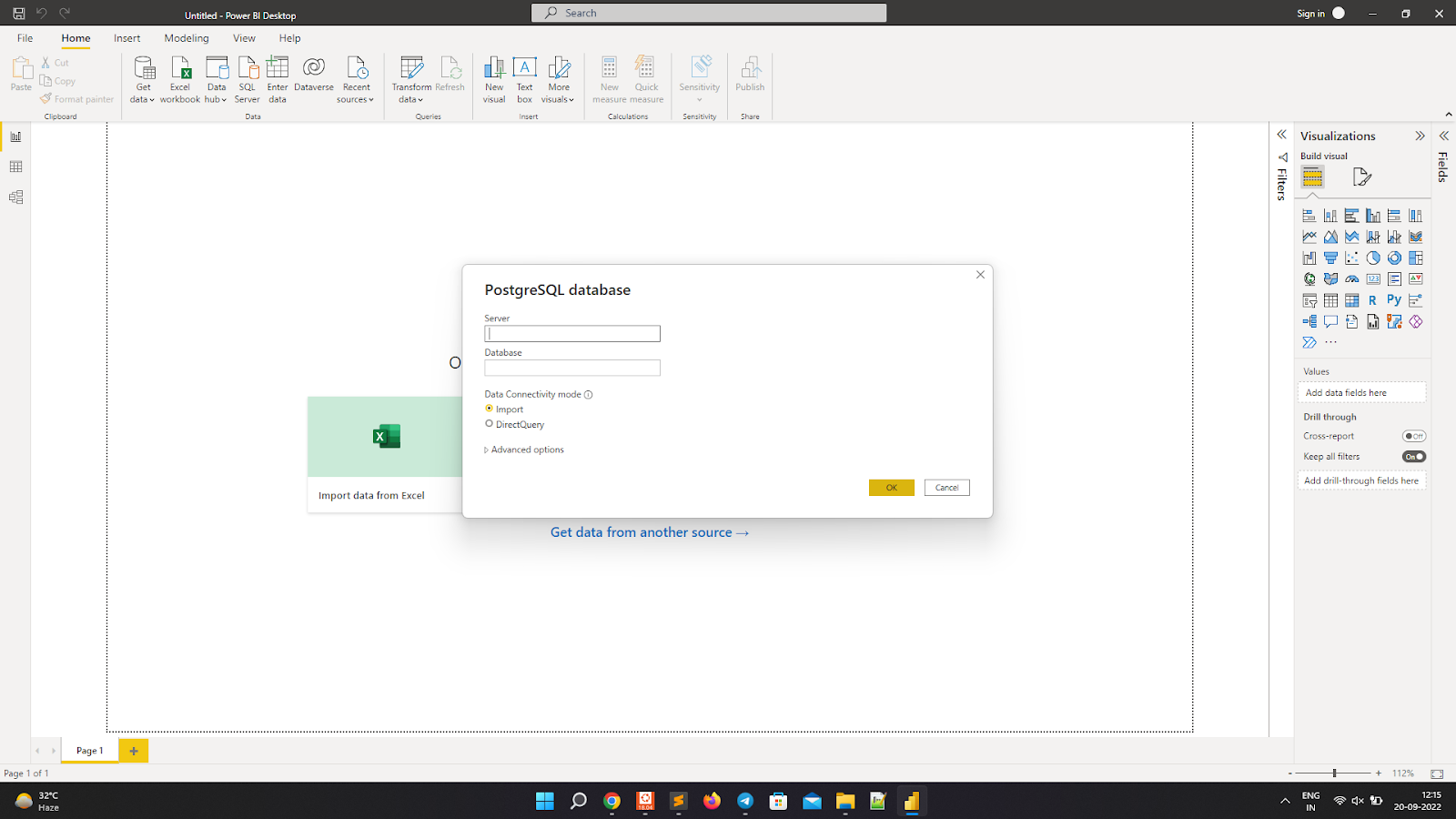
Step 4: Enter your username and password in the following dialogue box and click Connect. This information can be found on the data destination page.
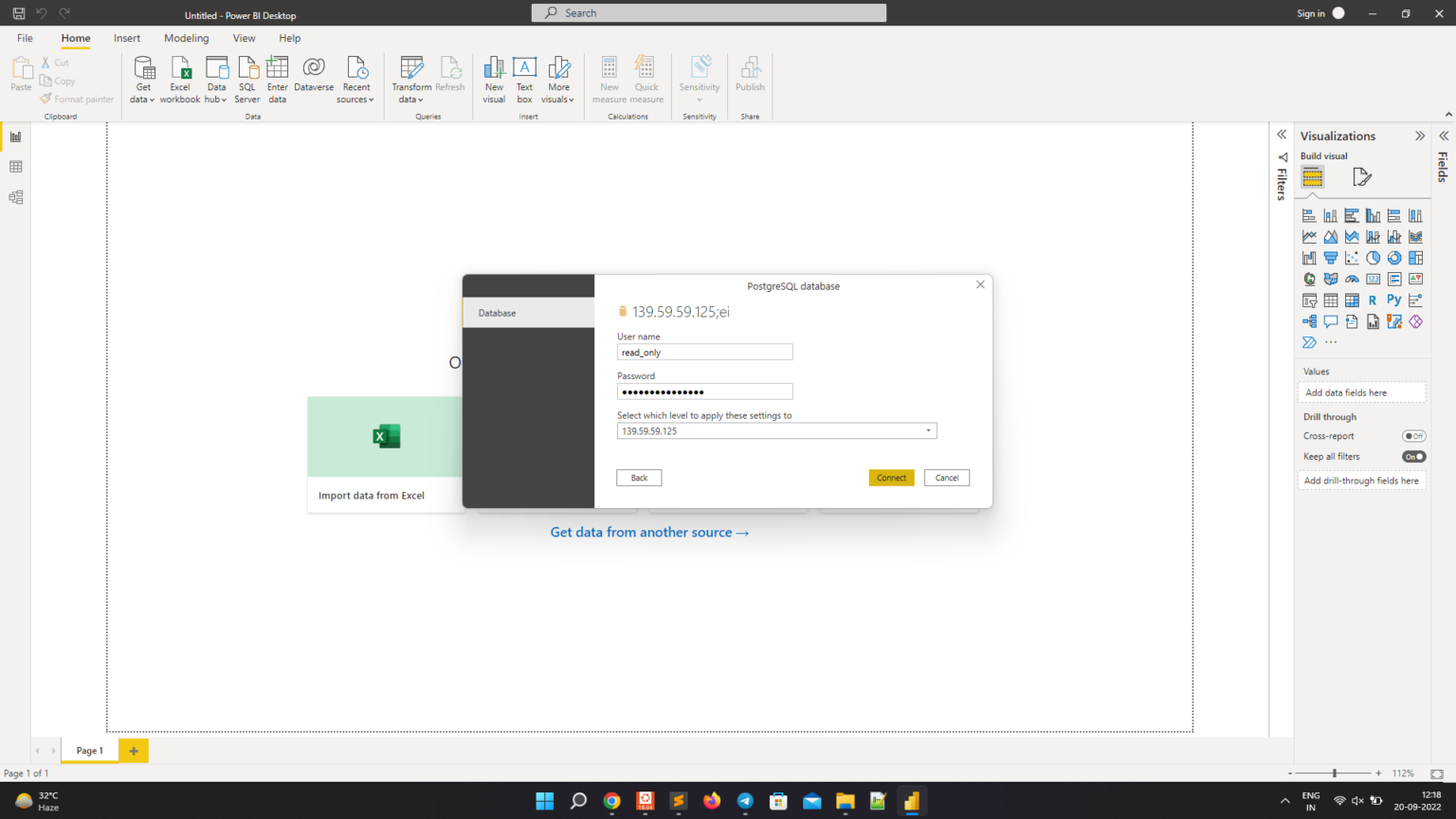
Step 5: Select and load the table you want to use from the Navigator dialogue bar. If Power BI warns you about encryption, click OK.
Benefits Of Using EasyInsights
- Completely automated: The EasyInsights platform is simple to set up and requires little maintenance.
- Real-time Data Transfer: EasyInsights offers real-time data migration so that you always have analysis-ready data.
- 100% Complete & Accurate Data Transfer: EasyInsight’s robust infrastructure ensures dependable data transfer with no data loss.
- Scalability: EasyInsights has built-in integrations from all the popular marketing data sources, allowing you to scale your data infrastructure as needed.
- Generate Insightful reports: EasyInsights helps in generating useful reports. Use reports on Google Sheets to make faster data decisions, or consume it from your inbox.
Wrapping Up
EasyInsights supports pre-built data integrations from all the popular marketing data sources. It provides a fully managed solution for your Power BI data migration process. It will automate your data flow in minutes without requiring you to write a single line of code. EasyInsights provides a truly efficient and fully automated solution for managing data in real time and always having analysis-ready data at Power BI.
Bonus Read: Unlock First-Party Data for Audience Activation and Data Enrichment

EasyInsights works with data from various platforms for data activation and data enrichment in a few key ways:
Data Collection and Transformation:
- EasyInsights connect directly to your CRMs, ad platforms, analytic platforms, CEPs and other tools allowing it to access and extract the raw data you’ve collected.
- Data Transformation: EasyInsights then cleans, normalizes, and enriches the data to make it usable for activation purposes. This may involve tasks like:
- Formatting data: Ensuring all data points are in a consistent format.
- Handling missing values: Filling in missing data points or removing them according to your preferences.
- Enriching data: Adding additional data points from other sources to create a more comprehensive picture of your customers.
Data Activation:
- Segmentation and Targeting: It allows you to segment your audience based on various criteria like demographics, behavior, and interests using the enriched first-party data.
- Multi-channel Marketing: You can then use these segments to activate your audience across different marketing channels like email, social media, and advertising platforms.
- Customer Relationship Management (CRM): The data can be used to personalize outreach and interactions with customers within your CRM system.
- Marketing Attribution: EasyInsights can help you understand how different marketing channels contribute to conversions and optimize your marketing spend accordingly.
Key Feature:
- Offers features like customer data platform (CDP) capabilities, marketing automation, and campaign management tools.
- Focuses on reverse ETL (extracting data from your warehouse and sending it to marketing tools) and offers pre-built integrations with various marketing platforms.
EasyInsights is a marketer’s preferred tool for first party data activation.
In this age of cross-channel marketing, EasyInsights offers a comprehensive platform to collect, store, and transform all your first-party data.
EasyInsights enhances marketing campaign efficiency in a cookieless landscape with accurate ad signals. It helps brands step away from surface-level metrics and unleash the potential of first-party data to optimize marketing strategies, ensuring a superior Return on Ad Spend (ROAS). It does all this, while being a highly affordable no-code platform with an exceptional customer support apparatus.
Sign up for a demo today to see EasyInsights in action.


